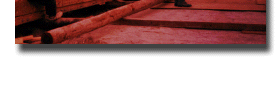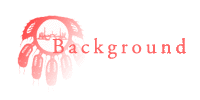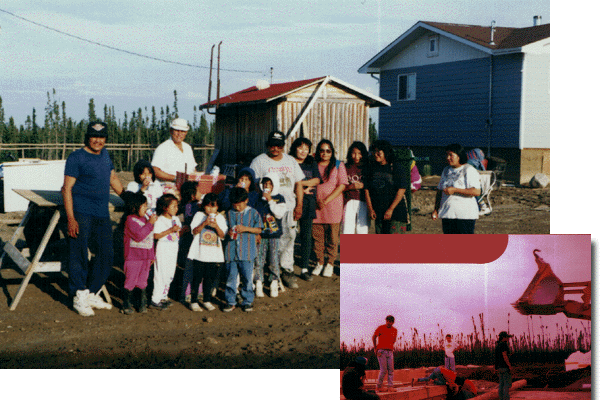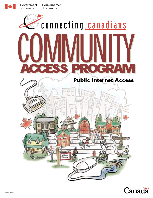Then began the home preparation. Cleaning and tidying, the heavier skins and the lighter rabbitskin woven blankets and garments hung outside on smooth poles tied between trees. Water hauled from the river in heavy leather pails. Short wood gathering forays for immediate use. The stock piling would be done later by the young men using dog teams to haul the dry wood.
The shorter distance rabbit snares and fish weirs would be checked. If food was caught or was available, then the mid-day meal would be prepared and eaten. The men, most often, would be gone the full day with various hunting and checking activities.
The children gave balance and enjoyment to these activities because they were all part of them. The old accorded respect in all actions of others. Yet, they tended to chores according to their ability.
It was at this time that people began going onto the river where dry grass and mud-insulated fishing holes were. They sat on a skin mat wrapped in an old rabbit skin robe as they jigged their baited bone fish hooks.
Along the length of the river, seen from a distance, the people sat in a diminishing, meandering line. In other words, wawakapewuk, hence the name Wawakapewin.
Our Name
Native people have communities with their own history in Northern Ontario. It is possible to fly over the northern half of Ontario, and see only empty space. When we look at most maps, we see some Cree and Ojibway place names but most often we see English names for only the largest lakes and rivers, even the smallest creeks have no names. Bends in the rivers, places to set nets and camp all very old and descriptive names. Long before the first map was printed, the whole area was travelled, used and respected. It was also understood.
Somewhere, a map maker was giving names to places and wondering what to call the landforms he saw on his paper, when he came to an area in the Big Trout Lake region, some twenty-two miles from Kasabonika. He had decided to come up with a name for this waterway and decided on Long Dog Lake. Perhaps all the good descriptive names had already been used up or perhaps he was in a hurry to complete the map. In any case, those who fly over the area now, can only wonder why it was called Long Dog Lake.
The real name, the Nishnabi name is Wawakapewin. This name means the place where the river forms a bend or meanders. The name can be extended to include the people of the area, who could be called Wawakapewuk.
The elders say that the name also suggests that when viewed from the community site, people who fished through the ice in the winter, formed a long and measured line as they set their hooks in the current's path.


![]() Wawakapewin First Nation
Wawakapewin First Nation
Mailing Address
Wawakapewin First Nation
C/O Shibogama First Nations Council
Box 449 Sioux Lookout, Ontario P8T 1A5
(807) 442-2567
(807) 442-1162 fax
Email
Chief Sheila Childforever
Chief of Wawakapewin First Nation
sheilac@wawakapewin.ca
Joshua Frogg
Band Manager
joshuaf@wawakapewin.ca
Roger Cook
Operation and Maintenance Manager
Barry Frogg
Ecomic Development Officer
barryf@wawakapewin.ca
Noreen Meekis
Health Coordinator
noreenm@wawakapewin.ca
Lawrence Childforever
lawrencec@wawakapewin.ca
James Trimble
jamest@wawakapewin.ca
Garrett Hudson
garretth@wawakapewin.ca
Troy Childforever
troyc@wawakapewin.ca
Melissa Childforever
Band Administrator
melissac@wawakapewin.ca


